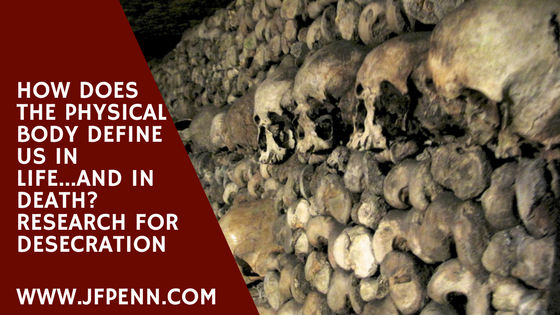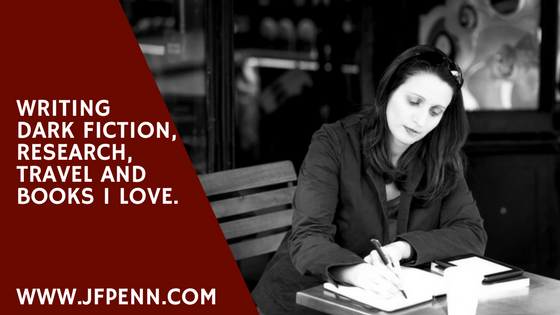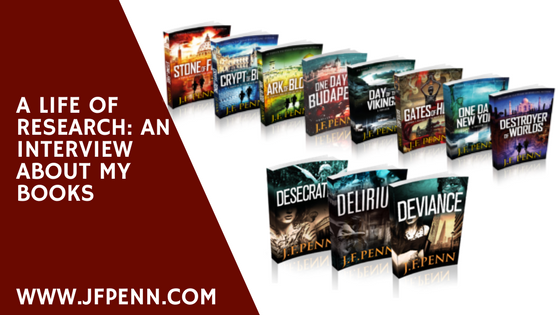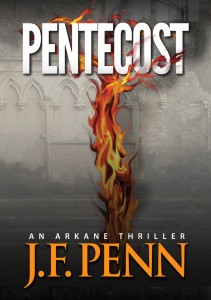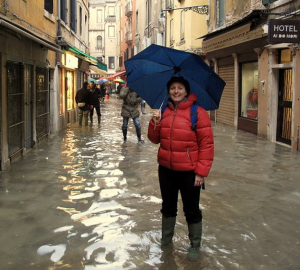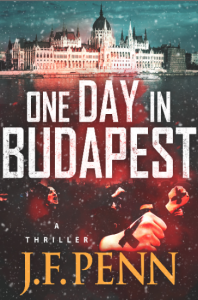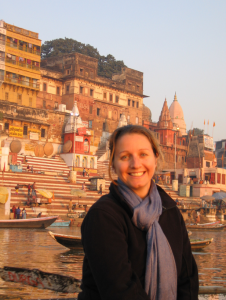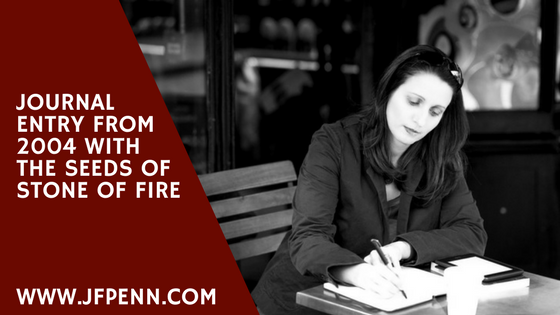
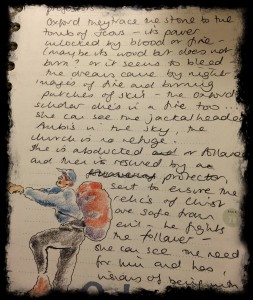
There were musings about writing a novel at that stage but nothing serious. Then I found these notes, which are the embryonic idea of what would become Stone of Fire, ARKANE #1 (previously Pentecost). [Read more…] about Journal Entry From 2004 With The Seeds Of Stone of Fire
